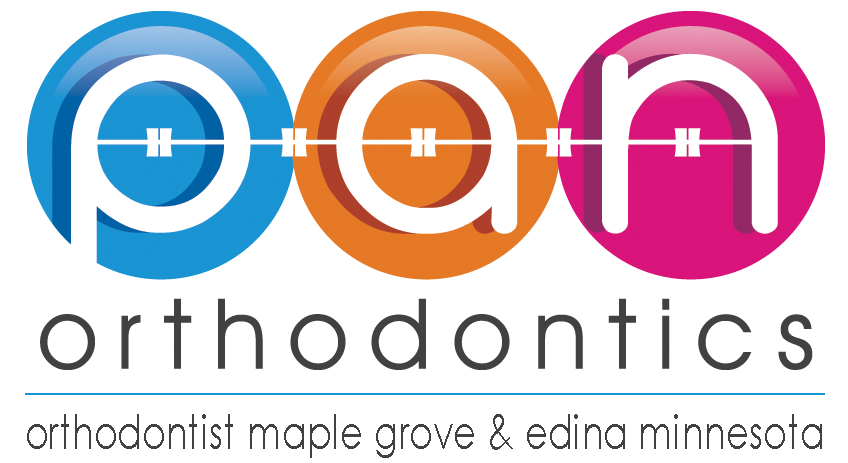Sleep Apnea Solutions
If you are constantly tired and drowsy during the day or your snoring is keeping others awake, you may have sleep apnea. Perhaps you feel that you slept well overnight, but you are continuously tried and sleepy during the day. In addition, you partner may be constantly complaining about your loud and disruptive snoring. If these scenarios sound familiar, it is possible that you might have sleep apnea.
Sleep apnea is a disorder which effects an estimated 22 million Americans. Sleep apnea causes patients to have up to 20-30 pauses in their breathing every hour while sleeping. Patients who suffer from sleep apnea have a lack of oxygen which alerts your brain. This alarm causes patients to temporarily wake up and restart correct breathing. As a result of this process, people suffer from poor quality sleep and the feeling of constant tiredness throughout the day.
It is common for sleep apnea to go undiagnosed. It is difficult for doctors to detect the condition during a routine office visit. There are also no blood tests which can aid in diagnosing the condition. The most common type of sleep apnea is called obstructive sleep apnea (OSA). With OSA, the airway collapses or is blocked while sleeping. This results in shallow breathing or pauses in breathing.
Another type of sleep apnea is central sleep apnea. Unlike OSA, the airway is not blocked, however, the brain does not signal the muscles to breathe as a result of the instability in the respiratory control center.
More on our 2 Locations for Sleep Apnea Therapy in the Minneapolis Metro:
Sleep Study Equipment
During a sleep study, surface electrodes will be placed on your face and scalp. The electrodes send recorded electrical signals to the measuring equipment. The machine digitally records signals which are generated by your brain and muscle activity. Belts are also placed around your chest and abdomen in order to measure your breathing. A bandage-like oximeter probe is placed on your finger to measure the oxygen level in your blood.
Other sleep apnea test include:
- EEG (electroencephalogram): measures and records brain-wave activity
- EMG (electromyogram): records muscle activity such as face twitches, teeth grinding, and leg movements to measure the presence of REM stage sleep. During REM sleep, patients often have intense dreams as the brain undergoes heightened activity
- EOG (electro-oculogram): records eye movements. These movements are important in determining the various stages of sleep stages, especially the REM stage
- ECG (electrocardiogram): records heart rate and rhythm
- Nasal airflow sensor used to record airflow
- Snore microphone used to record snoring activity
Orthodontist Treatment Options
If you are in a sleep center lab for your sleep study, you will be assigned to a private bedroom in the hospital or sleep center. A central monitoring area will be near the bedroom where technicians monitor the sleeping patients.
Rapid Palatal Expander
For people who have a narrow upper jaw and have issues breathing through their nose, the upper jaw is expanded to be wider. The floor of the nose is also expanded to create additional nasal volume. This orthodontic treatment is commonly performed on children. The rapid palatal expander is an appliance which is used to expand the upper jaw. The expander is an effective way for treating sleep apnea. The expander therapy is sometimes combined with a tonsillectomy to achieve maximum results for children.
Oral Appliances
For people who have a small and retruded lower jaw, by pushing the tongue backward, the lower jaw is repositioned forward using orthodontic appliances. For patients who do not prefer to have full braces, a simple oral appliance can be applied at night. These oral appliances prevent the tongue and soft tissue from collapsing which keeps the airway open during sleep.
Maxillomandibular Advancement Surgery
For severe cases, orthognathic surgery is recommended in conjunction with braces. This has proven to be the most effective surgical treatment for sleep apnea. Maxillomandibular advancement surgery is jaw surgery which moves the upper and lower jaws to correct discrepancies. For sleep apnea patients, the main focus is to expand the airway. In most cases, the upper and lower jaws are moved forward. Once the bones are surgically advanced, the soft tissues of the tongue and palate are also moved forward which opens up the upper airway.
Pan Orthodontics Philosophy
To treat our patients as our families and to treat others as how we want to be treated. From your first phone call to the moment your new smile is born, everything in our office is set up to ensure an excellent experience with us. We will always listen to you and improve with your suggestions.
Featuring The Latest Orthodontics Technology
Our Commitment to You
We will continue to keep up with the ever growing digital technologies to improve your orthodontic experience. We also commit to always help you find the most convenient time for your visit with us.




